5 Lesser-Known Natural Baits That Catch Big Fish
When it comes to angling, most fishermen reach for popular commercial baits or common natural options like worms and minnows. However, the underwater world offers a treasure trove of lesser-known natural baits that big fish find irresistible. These overlooked options often outperform standard baits precisely because fish haven’t become wary of them through repeated exposure. Nature provides an impressive array of free, effective baits that many anglers simply walk past on their way to the water. Let’s dive into five unconventional natural baits that consistently attract trophy-sized catches while helping you save money and connect with traditional fishing methods.
Freshwater Clams and Mussels: Overlooked Delicacies
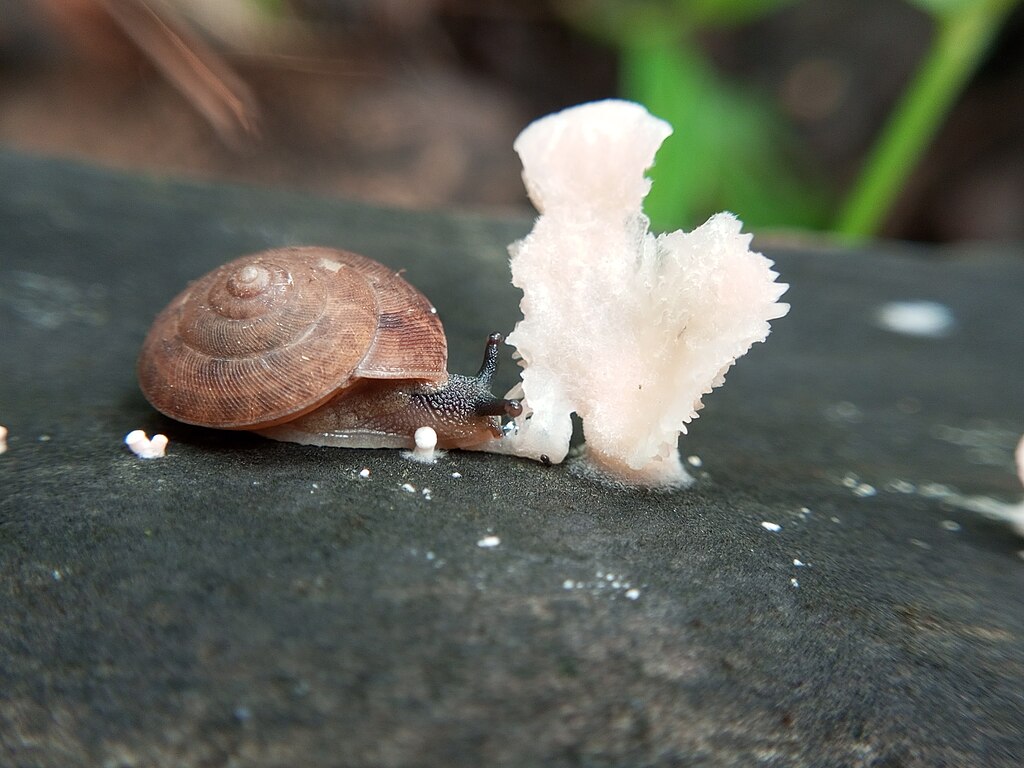
Freshwater clams and mussels represent one of the most underutilized yet effective natural baits for targeting large fish species. These mollusks serve as a natural food source for numerous predatory fish, including catfish, carp, and various species of bass. When harvested and properly prepared, the soft inner meat of freshwater clams emits potent amino acids and proteins that create a scent trail in the water irresistible to big fish with keen olfactory senses. To use them effectively, carefully open the shell and extract the meat while keeping it as intact as possible, then thread it onto your hook in a manner that allows it to move naturally with the current. Freshwater mussels work particularly well in rivers and streams where these mollusks naturally occur, creating a presentation that even pressured fish recognize as an authentic meal opportunity.
Grasshoppers: The Summer Secret Weapon
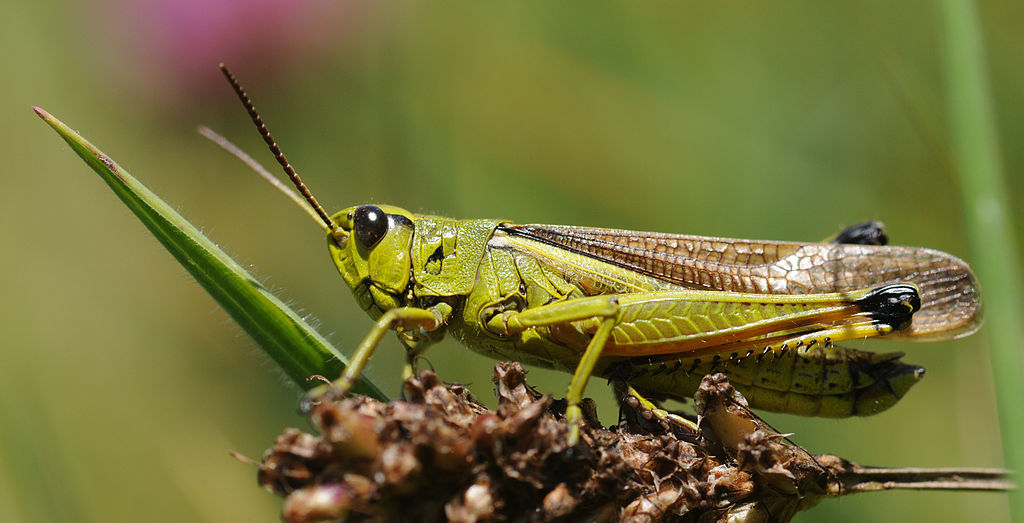
During the warm summer months, grasshoppers become one of nature’s most effective yet underutilized baits for catching substantial fish. These insects frequently fall into lakes and streams from overhanging vegetation, making them a familiar and nutritious meal for many fish species. Bass, trout, panfish, and even carp readily strike at these protein-packed insects with impressive aggression. The key to using grasshoppers effectively lies in proper hook placement – insert your hook through the grasshopper’s thorax from bottom to top, keeping the insect alive and kicking to create enticing surface disturbance. Their natural erratic movements on the water’s surface trigger predatory instincts in fish, particularly during midday when traditional baits often fail to produce results. For maximum effectiveness, focus your casts near shoreline vegetation, fallen trees, or other structures where fish naturally expect these insects to fall.
Hellgrammites: Predator Magnets
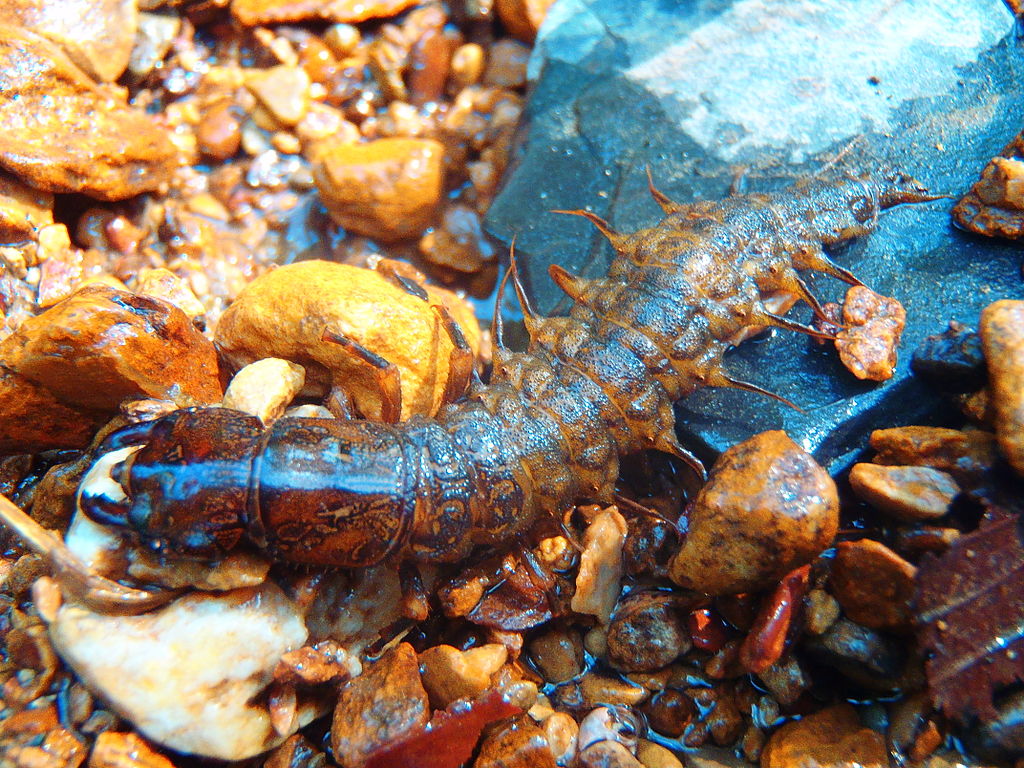
Hellgrammites, the aquatic larvae of dobsonflies, represent one of the most formidable yet underappreciated natural baits available to anglers. These intimidating-looking creatures naturally inhabit rocky, fast-flowing sections of streams and rivers, where they become primary food sources for large predatory fish. Smallmouth bass, walleye, and trophy-sized trout demonstrate particular weakness for hellgrammites presented in their natural habitat. Their tough exoskeleton allows them to stay on the hook during multiple casts and even after missed strikes, giving anglers extended use from a single specimen. To rig a hellgrammite properly, thread your hook through the collar just behind its head, allowing its multiple legs and pinching mandibles to move freely in the current, creating a lifelike presentation that triggers aggressive strikes. When fishing with hellgrammites, focus on current seams, rocky bottoms, and deep pools where predatory fish naturally expect to find these creatures.
Catalpa Worms: The Catfish Whisperer
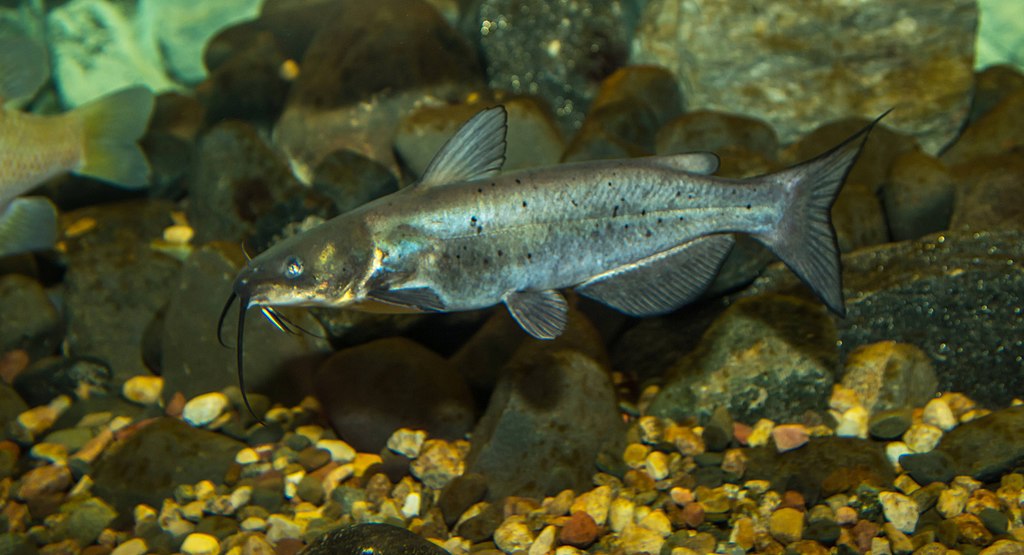
Catalpa worms, which are the larvae of the catalpa sphinx moth, have earned legendary status among old-school catfish anglers while remaining relatively unknown to mainstream fishing circles. These distinctive black and yellow worms grow up to three inches long and possess soft bodies filled with natural oils and proteins that create powerful scent trails in the water. Catfish find these natural attractants nearly impossible to resist, with blue catfish and flatheads showing particular preference for this bait. The catalpa worm’s tough skin allows it to stay on the hook remarkably well, even when casting into strong currents or using aggressive retrieves. Harvesting these worms is straightforward during summer months – simply check the leaves of catalpa trees where the larvae feed, then store them in a container with fresh catalpa leaves to keep them alive and vigorous until your fishing trip. Their effectiveness extends beyond catfish, with bass, crappie, and even trout readily striking these nutritious morsels.
Crayfish Tails: The Universal Tempter
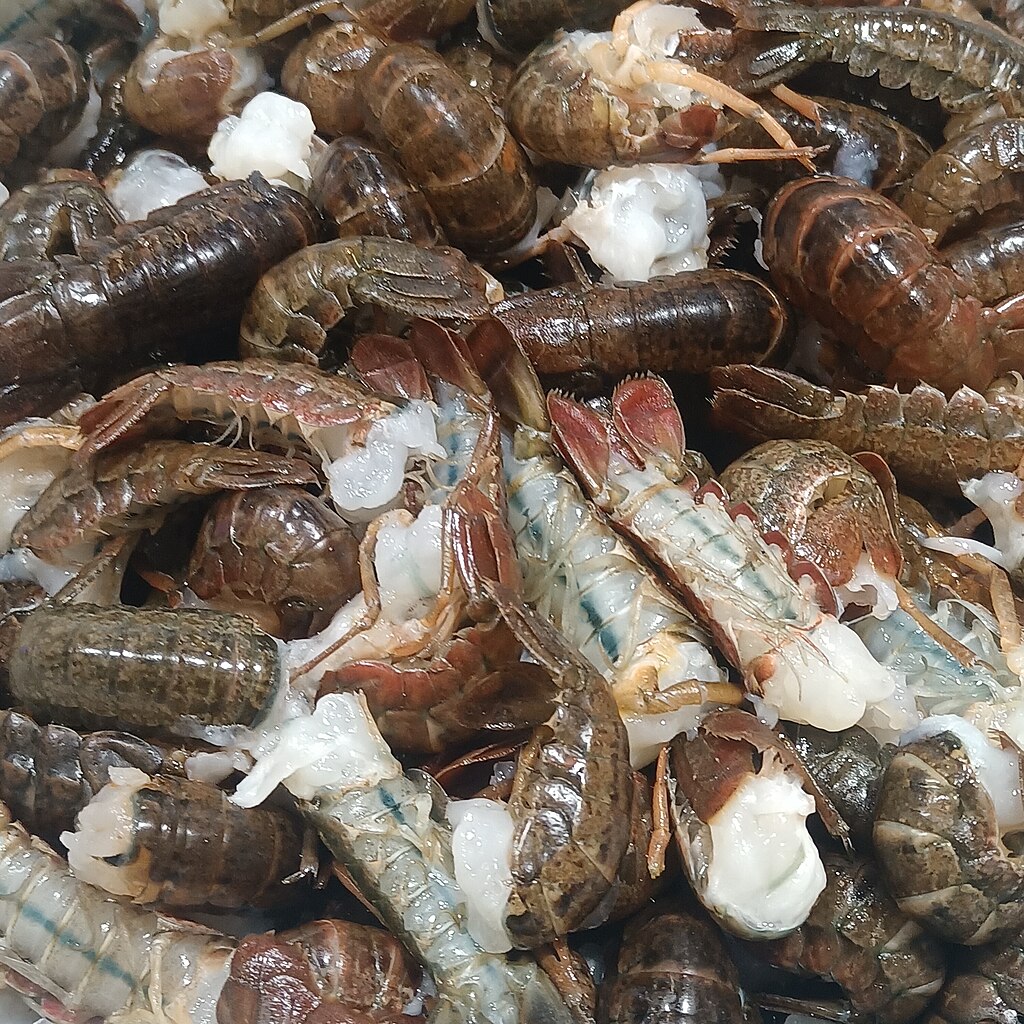
While whole crayfish are reasonably well-known as bait, specifically using just the tail section represents a refined technique that often produces superior results when targeting trophy fish. The tail meat of crayfish contains concentrated flavor compounds and proteins that big fish find irresistible, particularly smallmouth bass, largemouth bass, and walleye. This approach offers several advantages over using whole crayfish – the tail section moves more naturally in the water, creates less drag during retrieves, and allows anglers to present the most appetizing portion without the defensive pinchers. To prepare this bait, simply twist the tail section away from the body, remove the outer shell, and thread the exposed meat onto your hook while leaving the fan-like tail intact for added movement. This presentation proves particularly effective when fished along rocky bottoms, near submerged timber, or around dropoffs where predatory fish naturally hunt for injured crayfish.
Cicadas: The Periodic Powerhouse
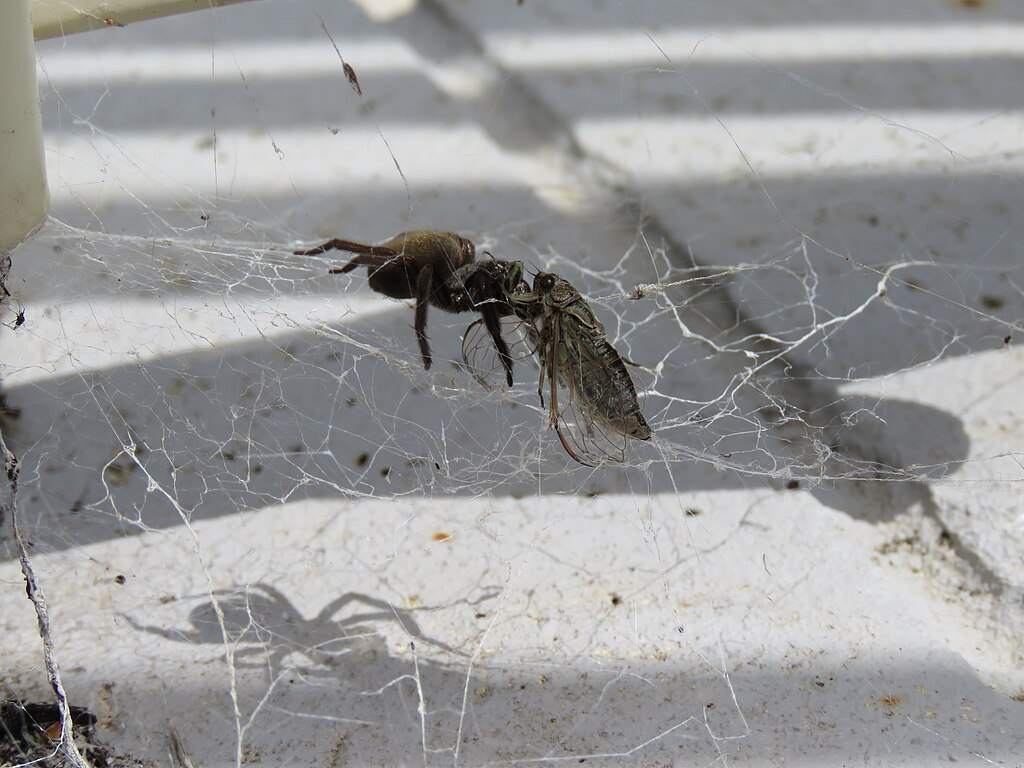
When cicada broods emerge during their cyclical appearances, they create one of nature’s most spectacular fishing opportunities that many anglers completely overlook. These large, noisy insects represent a protein bonanza for fish, triggering feeding frenzies that can produce exceptional catches of abnormally large fish. During major emergencies, cicadas fall into waterways by the thousands, conditioning fish to look upward and strike aggressively at these easy meals. Their substantial size makes them particularly attractive to larger fish looking to maximize caloric intake with minimal effort. To fish cicadas effectively, use a larger hook threaded through the thorax, allowing the wings and body to float naturally on the surface while creating subtle vibrations. This presentation proves deadly for bass, carp, catfish, and even traditionally selective trout, particularly when fished near shorelines with overhanging trees where cicadas naturally fall into the water.
Nightcrawler Heads: The Forgotten Fragment
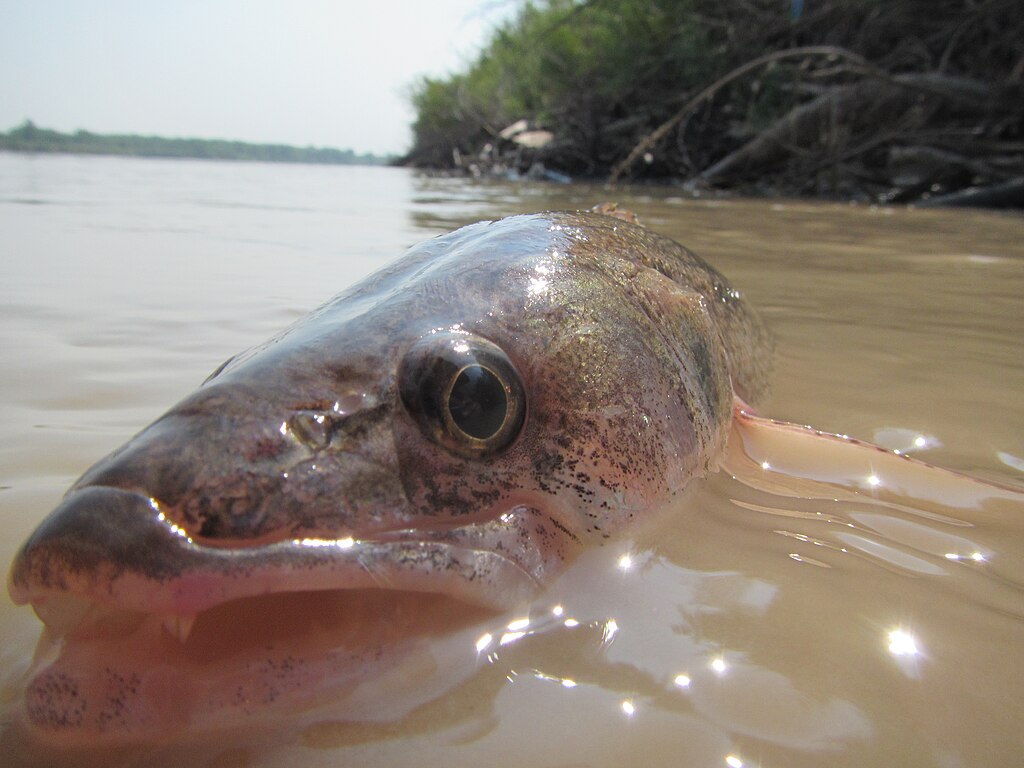
While whole nightcrawlers remain a fishing staple, specifically using just the head section represents an overlooked refinement that consistently attracts larger fish. The front portion of a nightcrawler contains the worm’s concentrated sensory organs and reproductive structures, which release powerful amino acids and pheromones into the water. These chemical attractants create scent cones that big fish can detect from remarkable distances, particularly catfish, walleye, and trophy panfish. This approach allows anglers to present a more compact, movement-rich offering that still delivers the scent profile fish find irresistible. To implement this technique, simply pinch a nightcrawler approximately one-third of the way down its length, retaining the head section while setting aside the remainder for future use. This economical approach extends your bait supply while simultaneously increasing your chances of connecting with trophy-sized fish that might ignore a standard whole-worm presentation.
Salmon Eggs: Beyond Trout Fishing
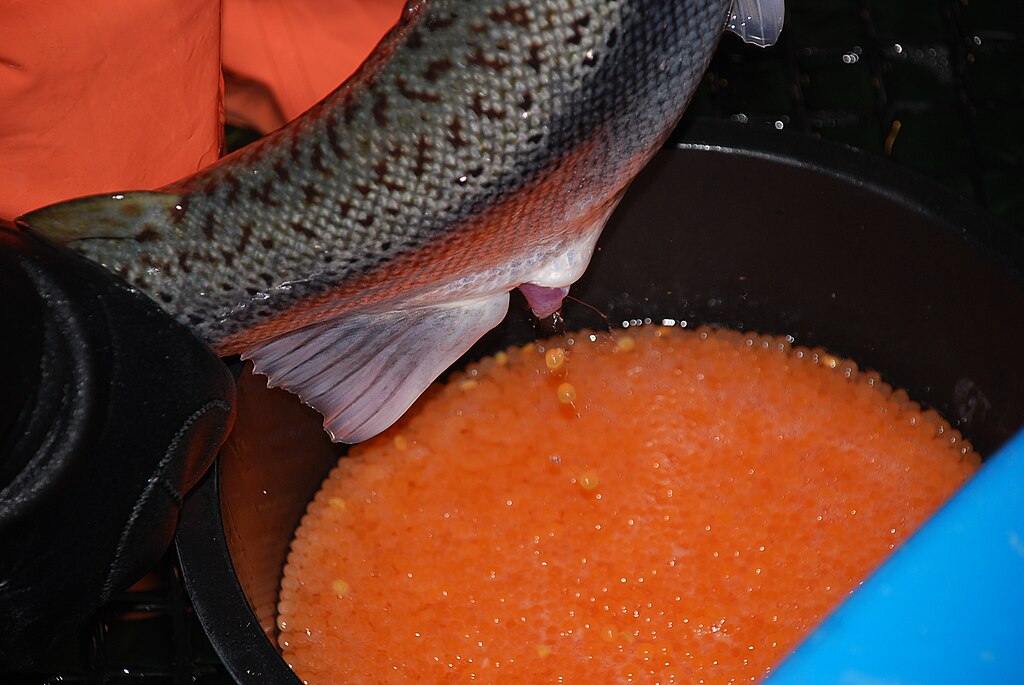
While salmon eggs have earned recognition as premier trout bait, their effectiveness extends far beyond this traditional application to consistently attract multiple species of large fish. These protein-rich, brightly colored spheres contain natural oils and amino acids that create powerful scent trails in the water while simultaneously providing visual triggers that stimulate predatory responses. Bass, walleye, pike, and even carp readily strike at salmon eggs when other baits fail to produce results. The key to using salmon eggs for larger species involves presentation modifications – cluster multiple eggs on a single hook, pair them with other natural baits like worm pieces, or use specialized egg-sacs that keep multiple eggs contained for larger fish. Their effectiveness increases dramatically during cooler months when predatory fish become more scent-oriented and less likely to chase active lures, making them particularly valuable during challenging transitional periods when traditional approaches produce disappointing results.
Terrestrial Beetles: The Overlooked Insect
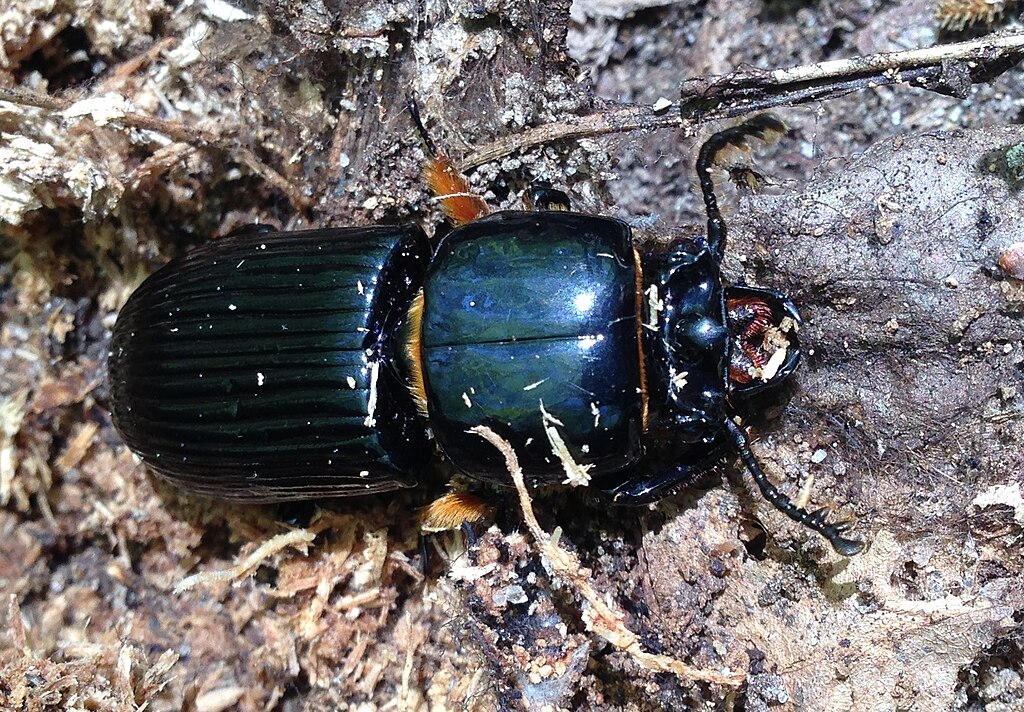
Various species of beetles represent one of the most overlooked yet consistently effective natural baits for targeting substantial fish across diverse environments. These hard-shelled insects regularly find their way into waterways, where their distinctive silhouette, erratic movements, and crunchy protein-packed bodies make them irresistible to predatory fish. Trout, bass, bluegill, and even carp demonstrate particular weakness for beetles presented naturally along shorelines or near structure. Their hard exoskeletons provide excellent hook retention, allowing for multiple casts and even missed strikes without replacing bait. For maximum effectiveness, hook beetles through the thorax from bottom to top, allowing their legs to move freely and create subtle disturbances on the water’s surface. This presentation proves particularly effective during summer months when terrestrial insect activity peaks and fish naturally look upward for food sources falling from overhanging vegetation.
Shad Guts: The Catfish Delicacy
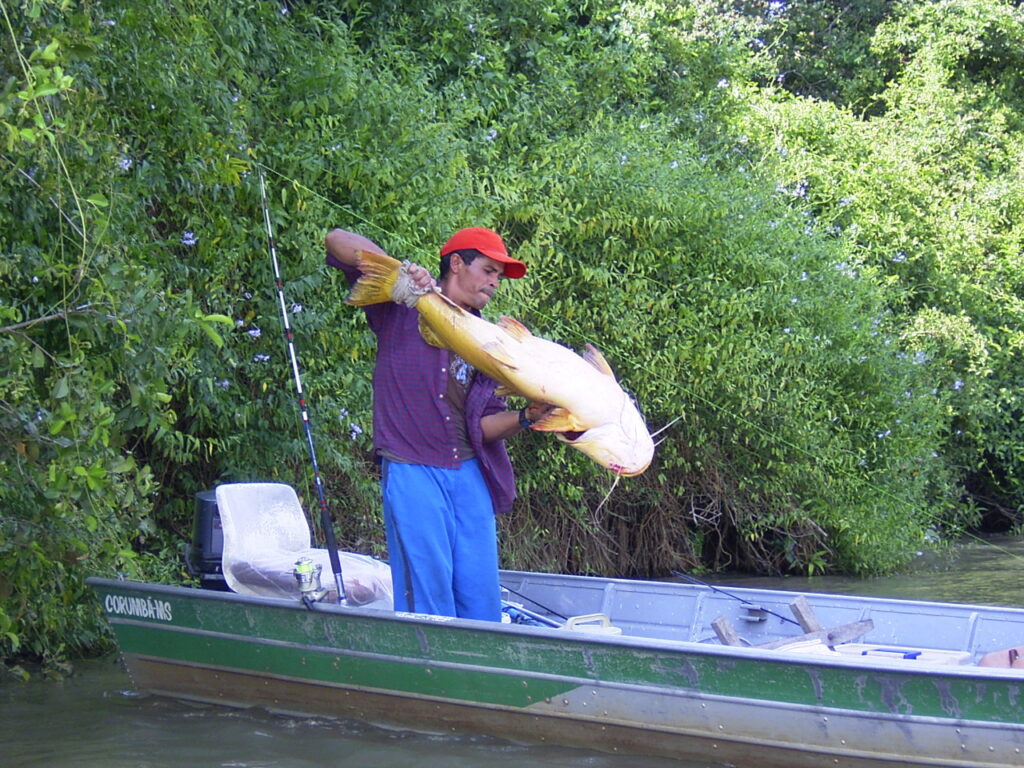
The internal organs of fresh shad represent one of the most potent yet underutilized natural baits for targeting trophy catfish in both rivers and lakes. These nutrient-rich innards contain concentrated amino acids, proteins, and natural oils that create powerful scent plumes in the water column, attracting catfish from remarkable distances. Blue catfish, channel catfish, and flatheads all demonstrate a strong preference for fresh shad entrails, particularly the liver, intestines, and reproductive organs, which release the most potent attractants. The key to using shad guts effectively involves proper preparation and presentation – carefully extract the internal organs while keeping them as intact as possible, then thread portions onto a circle hook sized appropriately for your target species. This approach proves particularly effective during warmer months when catfish metabolism increases and their feeding activity peaks, especially when fished in deeper holes, near channel edges, or around structure where large catfish naturally congregate.
Preserving Natural Baits for Extended Use
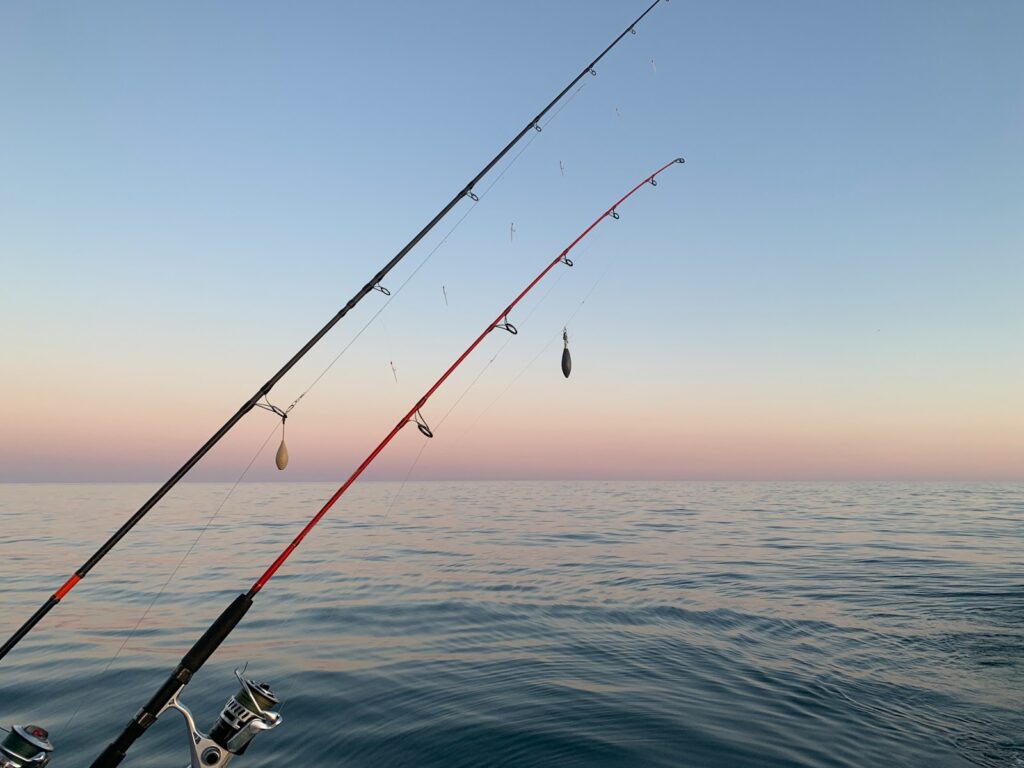
Maximizing the effectiveness of natural baits requires proper preservation techniques that maintain their attractive qualities while extending usability. For insect baits like grasshoppers, beetles, and cicadas, temporary storage in ventilated containers with small amounts of their natural food sources keeps them alive and vigorous until needed. Soft-bodied baits such as worms, larvae, and innards benefit from salt curing, which not only preserves the bait but can enhance scent dispersion in water while increasing toughness for better hook retention. Freezing techniques work exceptionally well for mussels, crayfish tails, and fish parts when done properly – vacuum sealing individual portions prevents freezer burn while preserving the natural oils and amino acids that attract fish. For longer-term preservation of seasonal baits like catalpa worms or cicadas, dehydration followed by vacuum sealing creates lightweight, durable baits that can be rehydrated streamside, allowing anglers to capitalize on seasonal feeding opportunities year-round.
Ethical and Legal Considerations
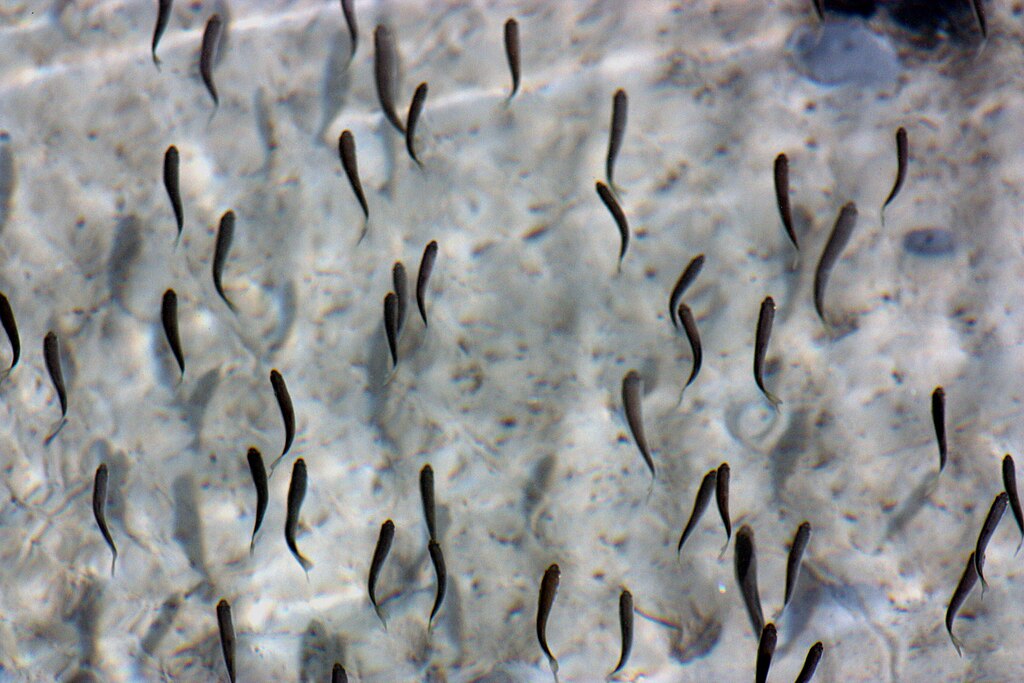
When harvesting natural baits, responsible anglers must consider both legal regulations and ecological impact to ensure sustainable fishing practices. Many jurisdictions have specific rules governing the collection of certain natural baits, particularly freshwater mussels, crayfish, and aquatic insect larvae, with some species receiving protected status or requiring special permits for harvest. Always consult local fishing regulations before collecting natural baits, paying particular attention to quantity limits, size restrictions, and seasonal prohibitions designed to protect breeding populations. Beyond legal considerations, ethical anglers practice responsible harvesting by taking only what they need for immediate use, avoiding the collection of egg-bearing females when recognizable, and refraining from depleting localized populations of bait species. This conservation-minded approach ensures these effective natural baits remain available for future generations while maintaining the delicate ecological balance of aquatic ecosystems.
Conclusion
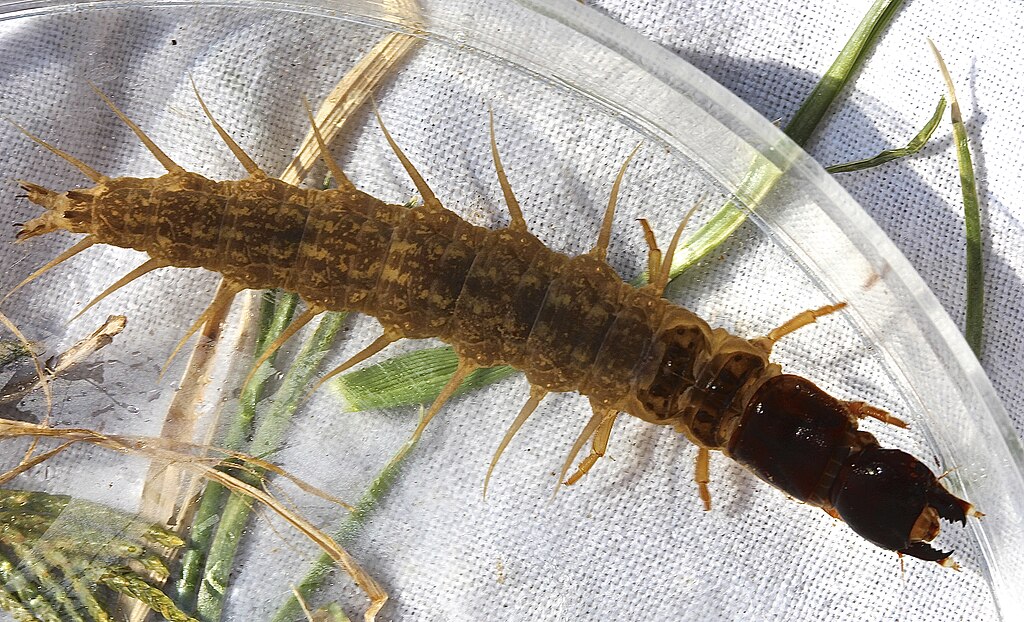
Natural baits have consistently proven their effectiveness throughout fishing history, often outperforming artificial alternatives when targeting trophy fish. These five lesser-known options – freshwater clams, grasshoppers, hellgrammites, catalpa worms, and crayfish tails – represent just a fraction of the overlooked natural baits available to creative anglers. Their effectiveness stems from authenticity – they’re actual food sources that fish naturally consume and recognize without hesitation. By expanding your bait selection beyond conventional choices, you’ll not only improve your catches but also deepen your connection to the natural environment. The next time your fishing results disappoint, consider looking beyond the bait shop and instead to the natural world around you for these proven fish-attracting alternatives.
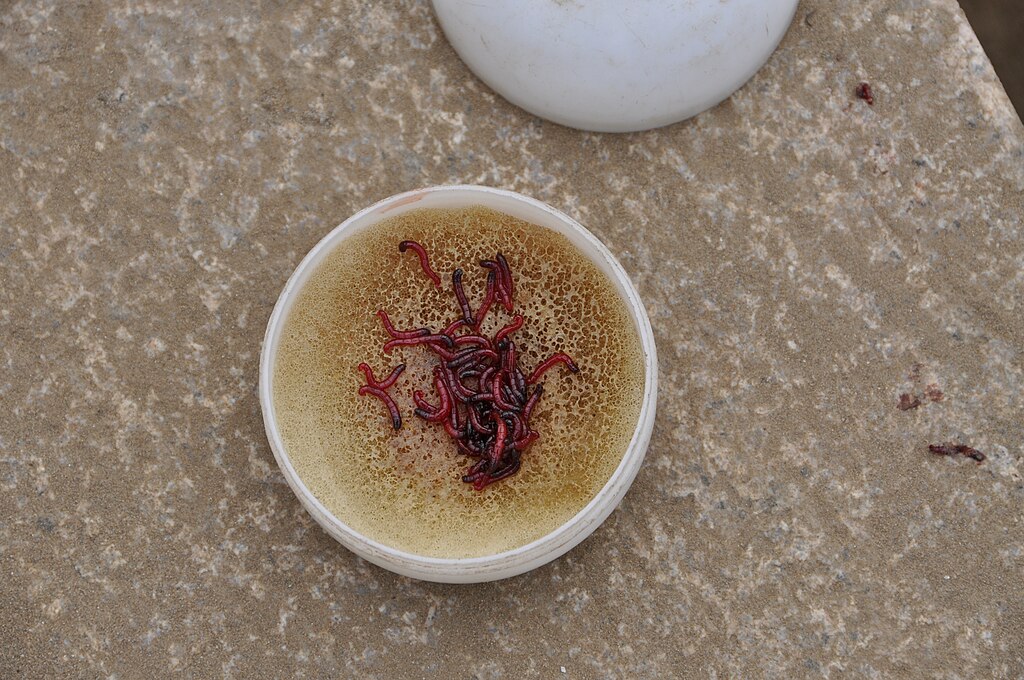
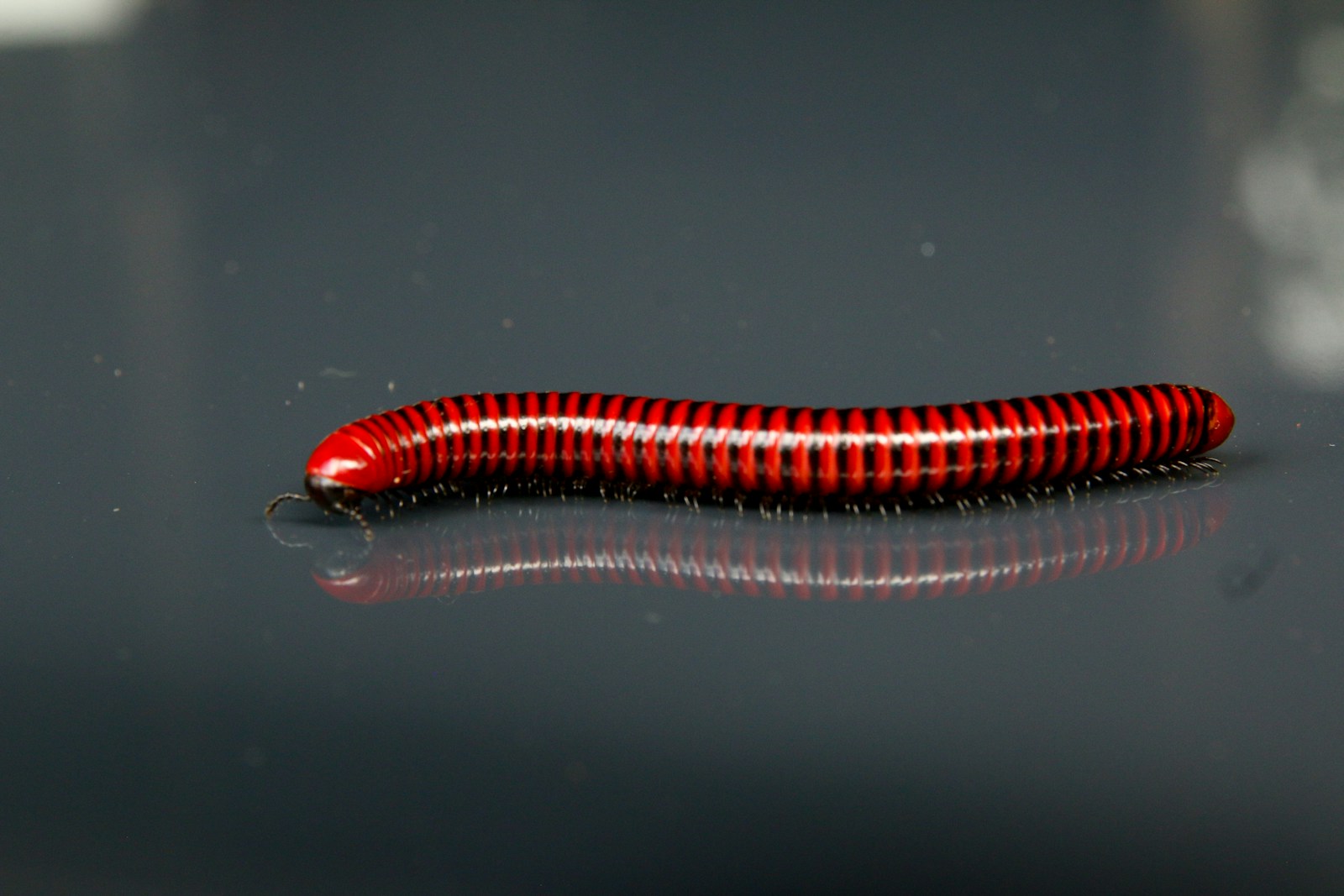
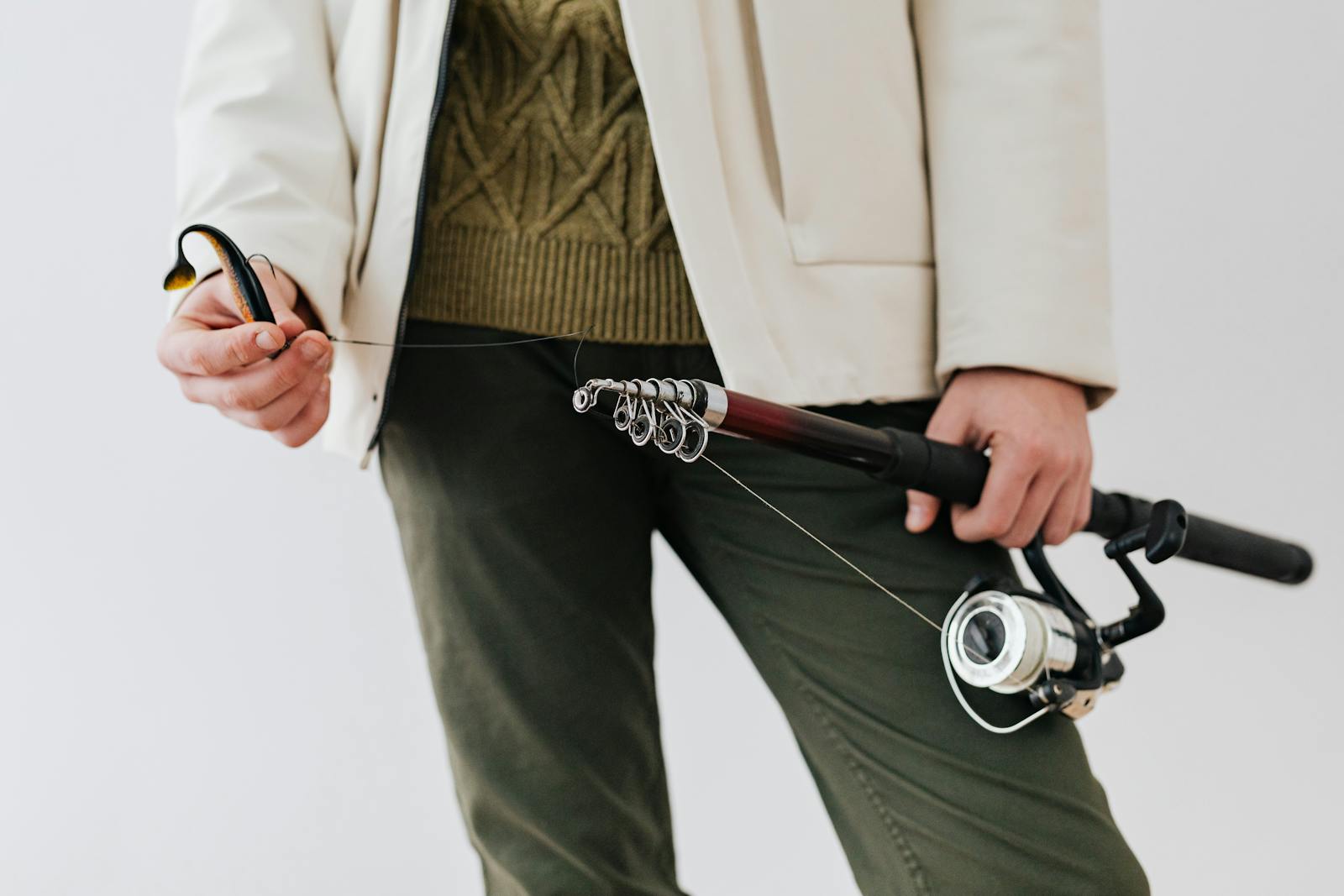
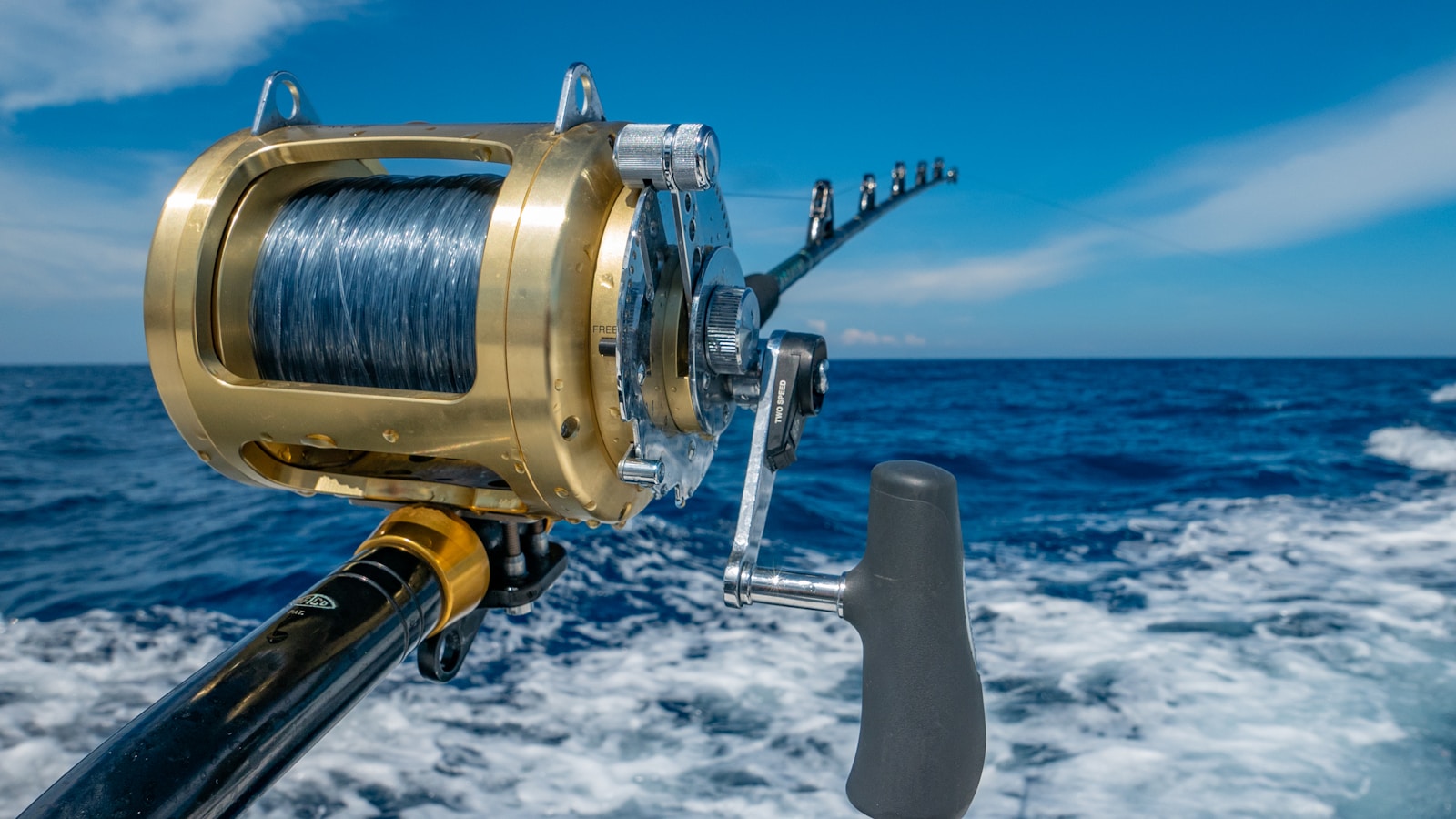
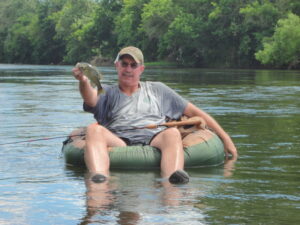
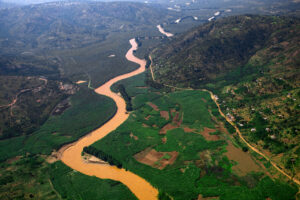








Post Comment